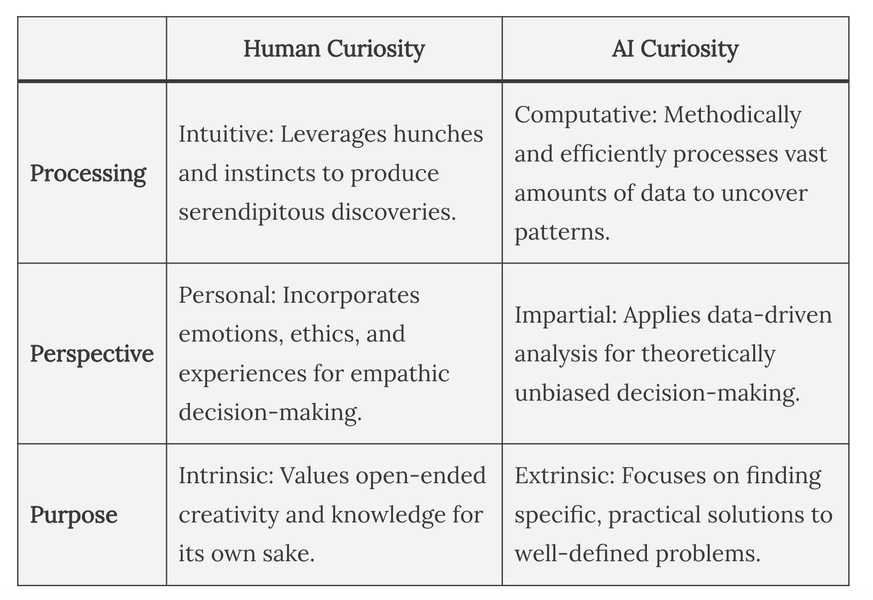Making sense of AI
Some were assigned to use AI and some were not. The results were nothing short of astonishing. Participants who used ChatGPT saw a dramatic reduction in their time on tasks, slashing it by a whopping 37 percent. Not only did they save time, but the quality of their work also increased as judged by other humans. These improvements were not limited
... See moreEthan Mollick • Co-Intelligence: Living and Working With AI
Faster and better results with ChatGPT?
New ideas do not come from the ether; they are based on existing concepts.
Ethan Mollick • Co-Intelligence: Living and Working with AI
John Gruber • ★ Don’t Throw the Baby Out With the Generative AI Bullshit Bathwater
So how should we use AI to help generate ideas? Fortunately, the papers, and other research on innovation, have some good suggestions. When you do include AI in idea generation, you should expect that most of its ideas will be mediocre. But that’s okay—that’s where you, as a human, come into the equation. You are looking for ideas that spark
... See moreEthan Mollick • Co-Intelligence: Living and Working With AI

In study after study, the people who get the biggest boost from AI are those with the lowest initial ability—it turns poor performers into good performers. In writing tasks, bad writers become solid. In creativity tests, it boosts the least creative the most. And among law students, the worst legal writers turn into good ones. And in a study of
... See moreEthan Mollick • Co-Intelligence: Living and Working With AI
AI is trained on vast swaths of humanity’s cultural heritage, so it can often best be wielded by people who have a knowledge of that heritage. To get the AI to do unique things, you need to understand parts of the culture more deeply than everyone else using the same AI systems. So now, in many ways, humanities majors can produce some of the most
... See moreEthan Mollick • Co-Intelligence: Living and Working With AI
As one fun example, I read an article about a recent social media panic - an academic paper suggested that black plastic utensils could poison you because they were partially made with recycled e-waste. A compound called BDE-209 could leach from these utensils at such a high rate, the paper suggested, that it would approach the safe levels of
... See more